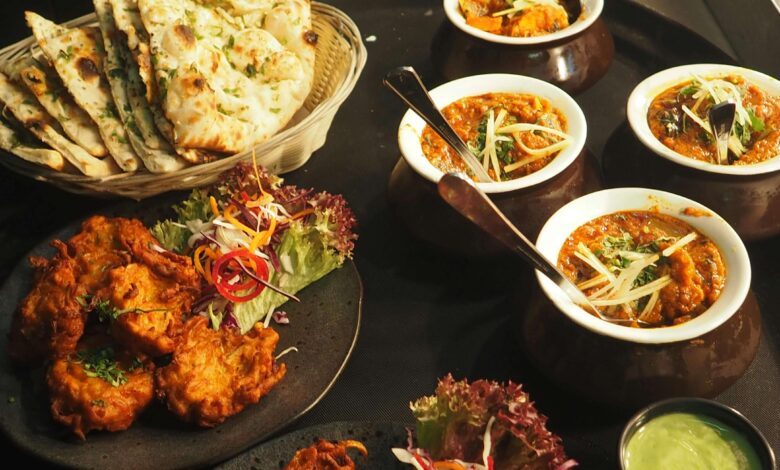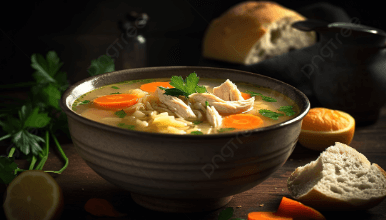Background:-N2nr860ep4= Food

The evolution of Background:-N2nr860ep4= Food from its primal origins to contemporary culinary practices reflects a complex interplay of culture, technology, and social dynamics. As societies transitioned from foraging to agriculture, the implications of food extended beyond mere sustenance, becoming a vital component of identity and community cohesion. This dialogue invites a closer examination of how diverse preparation techniques not only shape our diets but also influence cultural narratives. What remains to be understood, however, is how these elements continue to transform in our increasingly globalized world, prompting us to reconsider our relationship with food and its broader significance.
The Origins of Food
While the exact moment when humans first consumed food remains shrouded in the mists of prehistory, the origins of food can be traced back to the earliest forms of life on Earth.
Ancient agriculture marked a pivotal shift, enabling societies to cultivate and diversify their diets.
This foundational change sparked culinary evolution, shaping human culture, social structures, and ultimately, our relationship with sustenance throughout history.
Preparation Techniques Explored
Preparation techniques have evolved significantly over millennia, with five primary methods—boiling, baking, frying, steaming, and grilling—standing out as cornerstones of culinary practice.
Mastery of slicing techniques enhances ingredient presentation, while effective seasoning methods amplify flavors.
Understanding cooking temperatures is crucial for achieving desired textures, and thoughtful plating styles, combined with strategic flavor pairing, elevate the dining experience, inviting exploration and creativity in every dish.
Read Also Background:3djcqq72oh8= Watermelon Wallpaper
Cultural Significance of Cuisine
Rooted in history and tradition, cuisine serves as a vibrant reflection of cultural identity and social values. Each dish tells a story, showcasing unique flavor profiles that echo regional heritage.
The use of seasonal ingredients not only enhances taste but also fosters a connection to the land, emphasizing sustainability. Ultimately, cuisine transcends mere nourishment, embodying the essence of community and shared experiences.
The Impact on Community
Food plays an undeniable role in shaping the fabric of community life, acting as a catalyst for connection, celebration, and social cohesion.
Initiatives like community kitchens promote food accessibility and food justice, allowing diverse culinary traditions to flourish.
Conclusion
Background:-N2nr860ep4= Food, as a vital element of human existence, serves as a bridge between the past and present, a canvas for creativity in preparation, and a mirror reflecting cultural values. Through shared meals and culinary traditions, it fosters community bonds, nurtures relationships, and promotes understanding across diverse backgrounds. Ultimately, food transcends mere sustenance, becoming an art form that nourishes both body and spirit, celebrating heritage while inviting connection and exchange among individuals and cultures alike.




